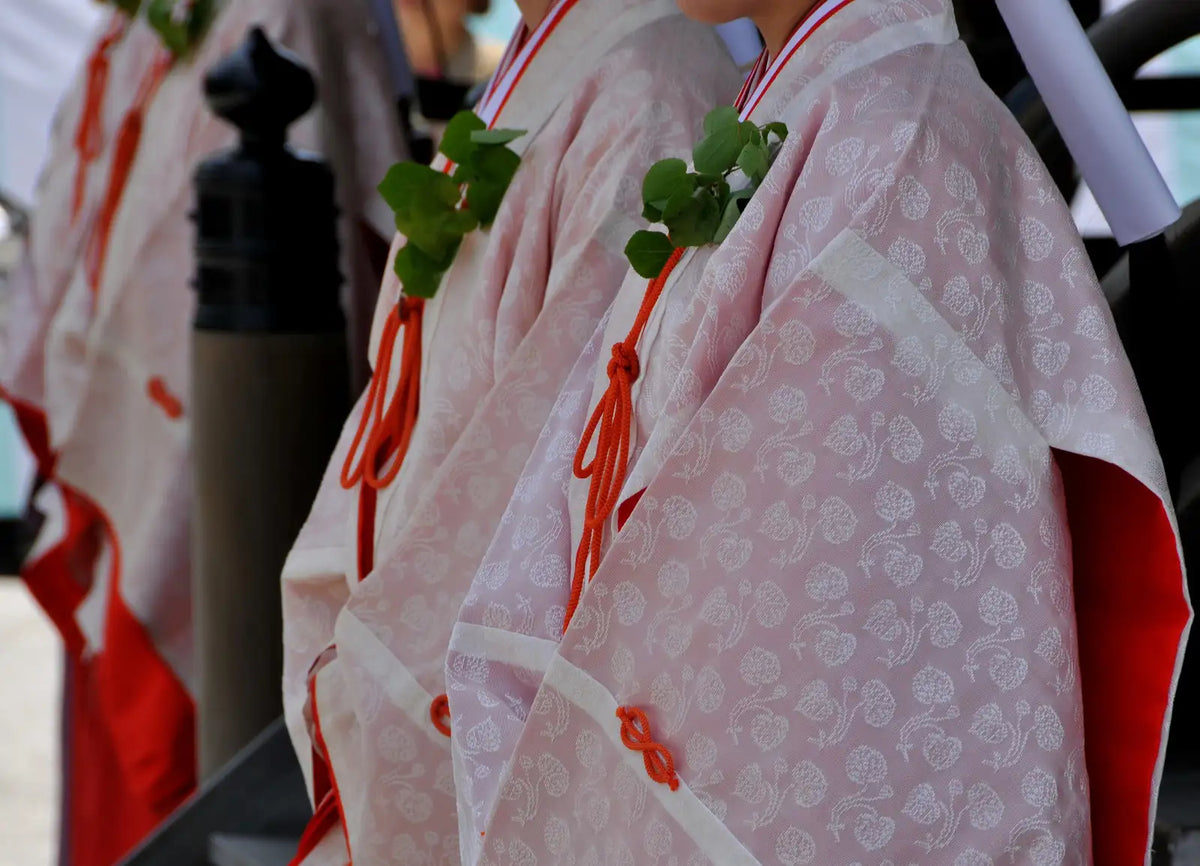

Japan's rich cultural tapestry is interwoven with a deep reverence for nature, which is beautifully reflected in its religious beliefs and practices. The concept that kami, or spirits, reside in natural objects, such as trees, mountains, and rivers, forms the bedrock of Shintoism, Japan's indigenous faith. This spiritual appreciation of the natural world permeates everyday life in Japan, influencing everything from art to traditional snacks like wagashi.
Shintoism and Nature Worship
Sacred Sites in Nature
Japan is home to numerous sacred sites where nature and spirituality converge. Here are some must-visit locations that exemplify this unique spiritual connection:
- The Ise Grand Shrine (Ise Jingu) - Located in Mie Prefecture, this shrine is dedicated to the sun goddess Amaterasu and is surrounded by ancient cedar trees, which are believed to house the spirits.
- Mount Fuji - Revered as a sacred mountain, Mount Fuji is an iconic symbol of Japan and attracts pilgrims who hike its trails as a form of spiritual purification.
- Yakushima Island - Known for its lush forests and ancient cedar trees, Yakushima is a UNESCO World Heritage site where visitors can feel the presence of nature's spirits.
- Kumano Kodo Pilgrimage Routes - These ancient paths in the Kii Mountain Range allow travelers to explore sacred sites while surrounded by breathtaking natural beauty.
- Nachi Falls - Part of the Kumano Sanzan shrines, Nachi Falls is a stunning waterfall revered as a kami itself, offering a tranquil spot for reflection.
- The Great Buddha of Kamakura - Although not nestled in a forest, this giant bronze statue is set amidst the natural beauty of Kamakura, symbolizing harmony between humanity and nature.
- Tottori Sand Dunes - While dunes may not be typical spiritual sites, they represent the diverse landscapes where kami are believed to dwell.
- Amanohashidate - Known as one of Japan's three scenic views, this sandbar offers a picturesque setting where land, sea, and sky meet harmoniously.
- Nikko National Park - Home to the Toshogu Shrine, this park features mountainous terrain and serene lakes that inspire spiritual reverence.
- Itsukushima Shrine - Famous for its floating torii gate, this shrine on Miyajima Island celebrates the unity of water and land.
- Shirakami Sanchi - A protected area with ancient beech forests, Shirakami Sanchi is a place where visitors can connect with untouched nature.
- Shiretoko Peninsula - A remote and rugged region in Hokkaido, Shiretoko's pristine ecosystems are believed to be inhabited by numerous kami.



